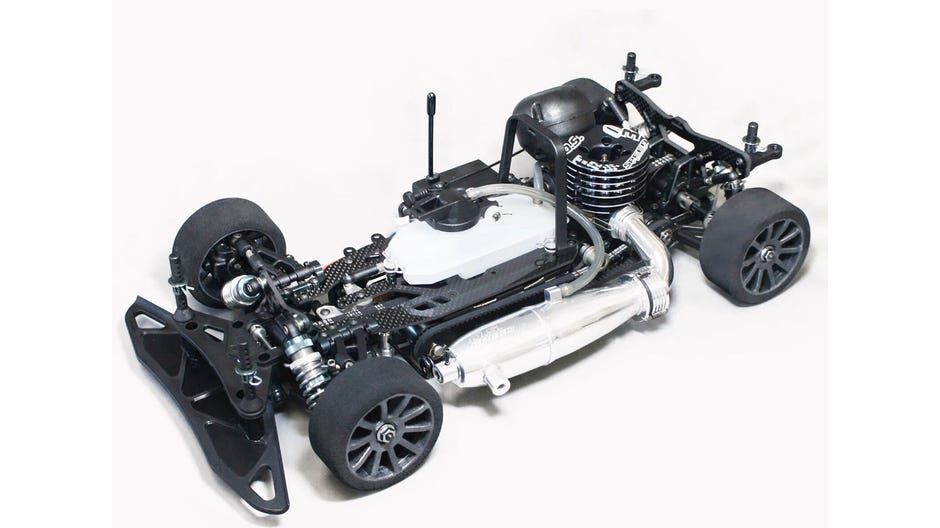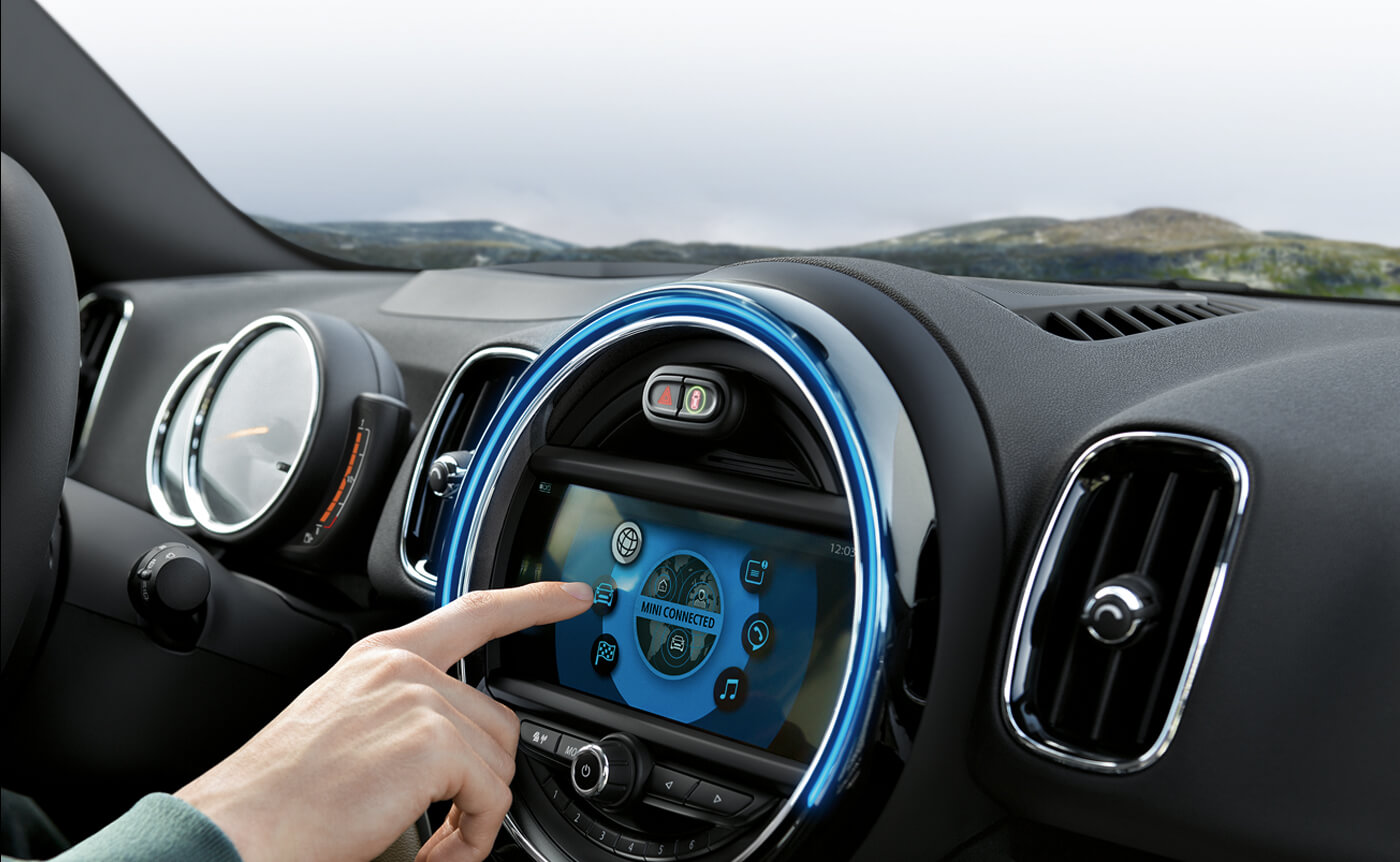
It is time to have your car's interior cleaned if you ever dreamed of it looking like a magazine cover. Cleaning your interior might take more effort than you realize, but you can restore your car to its original glory without spending too much. These tips and tricks can help you prepare your car for a professional detailing, while still doing the job yourself. Find out more about cost, prep, and products.
Detailing
You can save money by having your car's interior cleaned and detail. This service will not only make your car look great, but it can also prevent future wear. Here are some examples. Clean interiors can make your car more attractive. But what should you do before that? Read on to find out what you should do. This goal is possible by using the correct materials.

Preparation
Preparation for interior car cleaning is vital, but the most basic steps should be followed. First, remove all large items and trash from the car. Next, assess your car's interior to determine what's dirty. Also, don't forget about any accessories. This will make sure that the paint is not scratched in any crevices. Now, use the right products to clean the interior of your car.
Products
Using household products as interior car cleaning solutions can help you get rid of unpleasant odors in your vehicle. Dryer sheets can also be used to eliminate strong odors. To combat strong odors, you can place them under the seats and in pockets. You don't need to spend a lot on car cleaning solutions. However, household products can be used to remove unpleasant odors. These cleaners work as well as commercial ones.
Cost
There are many options available for car cleaning, no matter how thorough or simple. Professional car washes will steam clean your car. The quality wash will remove odors. Professional car washing will also remove dirt and grime from your undercarriage. The professional car wash will spray down the undercarriage of your vehicle to prevent corrosion. The cost of interior cleaning will vary depending on what service you select.

Routine
All personal items should be removed before you begin interior car cleaning. These items, while they may look nice, can cause damage to surfaces. Jewellery, watches, fanny pack, and even monocles must be removed before you begin detailing the interior of your car. Use an interior cleaner that is specifically designed to clean the surfaces. This will prevent them from becoming damaged or disfigured. These steps will help you keep your vehicle's inside looking great.
FAQ
What length is an automotive course?
A three-year course in automotive is required.
The first year is dedicated to theory and learning about cars. The second year is spent on practical training where you learn how to drive, fix engines, and do other mechanical jobs around the car. The last year is spent at a local shop, where you will get practical experience with real-world problems.
To be a car mechanic, do you need a degree? Can I do part-time studies?
Although it's not mandatory, a degree can help. Employers will prefer candidates who have completed a degree. This shows you have put in the work and achieved success.
You can still study while working, however. Some universities allow students to complete coursework over the summer holidays and finish their studies later in the year. Other universities permit students to take classes part-time during the school year.
What can I do to fix my car as an hobby?
It's a great hobby to take on if you are passionate about cars. You can repair them, buy their parts, sell them, or just have fun with them. If you are looking for something new, this would be a great hobby.
However, it's not easy to turn this into a full-time career. It takes a lot of dedication and hard work. And you'll need to invest a lot of money too.
You may not be able to have an emotional connection with cars unless there is a valid reason.
Statistics
- There were 749,900 jobs available for automotive service technicians and mechanics in 2016, which is expected to grow by six percent through 2026. (jobhero.com)
- According to the BLS, the median annual salary for automotive service technicians and mechanics in the United States was $44,050 in May 2020. (uti.edu)
- According to the BLS, total auto technician employment is expected to exceed 705,000 by 2030. (uti.edu)
External Links
How To
How to diagnose your vehicle properly for repair
You should first examine the symptoms your car is showing to determine if it requires repairs. Then, follow these steps to diagnose your vehicle properly.
-
Check engine lights. The dashboard light indicators, including the engine light, oil pressure gauge, battery light indicator, coolant temperature gauge and RPM gauge, should be checked. If any of them have been flashing for several days, it may mean something is wrong with your vehicle.
-
Check the treads of your tires. Tire wear can lead to problems in handling and brake performance. It is also important to inspect the wheel treads. You should ensure that they are clean and smooth. This can be done by removing the wheels from the vehicle and taking them off. You can check the tread wear with a flashlight.
-
Monitor the level and consistency of your brake fluid. You should always keep track of the amount of brake fluid in your vehicle. You can ensure that your brakes are working properly by monitoring the level of brake fluid in your vehicle. Your brakes may fail if the brake fluid level drops.
-
The suspension system should be tested. Vehicles usually have a suspension system that helps absorb shocks and vibrations while driving. It gives you better control and allows for smoother accelerations and decelerations. You might notice a wobbly feeling or uncontrollable shaking in your vehicle if it has a problem with its suspension. If you are unsure if your vehicle is suffering from a suspension problem, put weight on the front and rear axles to check the movement.
-
Examine your steering column. The steering columns are what connect the steering knob to the rest. The steering column can often be damaged by an accident. It is recommended to replace any steering column that feels loose, or shakey.
-
Pay attention to the exhaust pipe. The exhaust pipes transport gases from the combustion chamber to outside. If the exhaust pipe is damaged or leaks, harmful fumes can enter your cabin. If your tailpipe bends, it is important to fix it immediately.
-
Look under your hood. To check for unusualities, look under the hood. Your engine could be leaking fluids. In addition, if you notice an unusual smell coming from your engine compartment, you should contact a professional technician.
-
You should inspect your air filter. The air filter in your vehicle collects dirt and dust from the environment. Dirty air filters can cause your vehicle to run poorly. Replace your air filter regularly.
-
Check the fan belt. The fan belt that connects your vehicle to the transmission is called the engine fan belt. The engine will not turn if the fan belt breaks. It is very easy to replace your belt. You will need a screwdriver, pliers and a pair of pliers.
-
Make sure you inspect the radiator hoses and hoses. The radiator hose is used to carry water from the radiator to your engine. It can cause hot liquid to leak onto the engine if it is damaged or cracked. Repairing the hose is easy with a pair of needlenose pliers or a small wire brush.
-
The windshield wipers should be checked. Windshield wipers use electricity to clean away snow and rain. If they stop working, they could leave streaks on your window glass. You can fix the problem by changing the washer fluid.
-
Verify the condition of your battery cables. Batteries provide power to electrical systems inside your car. If you are replacing batteries, disconnect the negative cord first. Failure to do so can damage your alternator.
-
Make sure your headlights are working properly. Headlights help you see the road ahead. They can make it difficult to see if they stop working. You can check the bulbs to make sure they aren't burned out.
-
Pay attention to the lights. You can warn other drivers if you approach them at night. It could cause distraction and even lead to an accident if it doesn't work.
-
Check the brakes. Before you have a collision, brakes slow down your car. If your brakes aren't working properly, you may lose control and crash into other cars.
-
Make sure to change the oil. Oil keeps your engine lubricated. This oil helps to prevent metal parts becoming too worn out. It is recommended that you change your oil at least once per month.